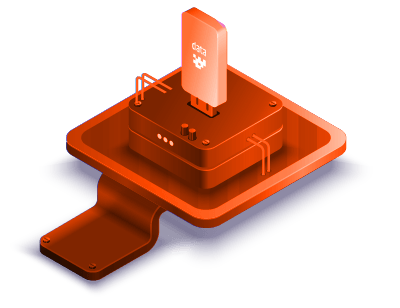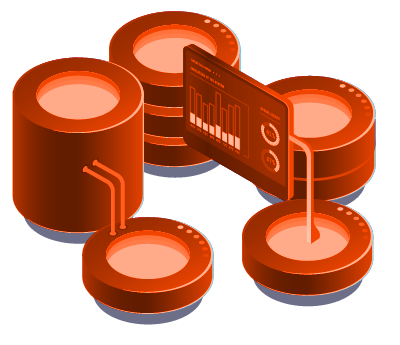Add On: General Investigations

A template for general investigations and case management including assignment and task tracking
General Investigations
The process of a general investigation
The first step in any general investigation is to gather as much information as possible about the crime. This includes taking statements from witnesses, victims, and suspects. Investigators will also collect physical evidence from the scene of the crime and review any relevant video footage. Once all the information has been gathered, it will be analyzed to develop a list of potential suspects.
Investigators will then begin interviewing suspects and looking for additional evidence that can link them to the crime. In some cases, investigators may use surveillance techniques or wiretaps to gather more information about a suspect’s activities. If enough evidence is collected, an arrest warrant will be issued, and the suspect will be taken into custody.
The different types of general investigations
Investigations come in all shapes and sizes. Some are straightforward, while others are more complex. Depending on the type of investigation, the process can vary greatly. Here is a brief overview of some of the most common types of investigations.
Criminal investigations:
These are conducted by law enforcement agencies to gather evidence to support the prosecution of a suspect in a crime. These types of investigations are usually initiated after a crime has been reported. Investigators will collect evidence, interview witnesses, and develop a theory of what happened. If there is enough evidence to support the prosecution, a case will be brought before a grand jury.
Civil investigations:
They are conducted to gather evidence to support one party in a civil lawsuit. These types of investigations are usually initiated after a complaint has been filed. Investigators will collect evidence, interview witnesses, and develop a theory of what happened. This evidence will be used by the attorneys to prove their case in court.
Internal investigations:
Internal investigations are conducted by businesses or organizations to gather evidence about employee misconduct. These types of investigations are usually initiated after an employee has been accused of wrongdoing. Investigators will collect evidence, interview witnesses, and develop a theory of what happened. This evidence will be used by the company to decide if disciplinary action needs to be taken against the employee.
How to conduct an effective general investigation
There are some best practices one can follow to ensure that an investigation is effective. They are as follows:
Defining the scope of the investigation:
This will help one determine what needs to be investigated and will prevent one from wasting time on irrelevant information.
Collecting evidence:
This can be done through interviews, surveillance, or other means. Investigators should make sure to document everything and keep it in a safe place.
Analyzing the evidence:
This is where the investigator looks for patterns, discrepancies, or anything else that stands out.
Drawing conclusions:
Based on the evidence an investigator has collected and analyzed, they will reach conclusions about what happened and who was involved.
Writing a report:
A well-written report will document everything that happened during the investigation and will include all the evidence that was collected.
The different types of data that general investigations create
In any type of investigation, data is created. This data can be in the form of digital or physical evidence, and it can be created by investigators, victims, or witnesses. It is important to understand the different types of data that can be created in an investigation so that it can be properly protected.
Three main types of data are created in investigations: digital evidence, physical evidence, and witness statements. Each type of data has its own set of best practices for protection.
Digital evidence:
Digital evidence is any type of data that is stored electronically. This can include things like emails, text messages, social media posts, and images. Digital evidence is typically collected from computers, phones, and other electronic devices.
Physical evidence:
Physical evidence is any type of material object that can be used to support or disprove a hypothesis in an investigation. This can include things like DNA samples, fingerprints, clothing, and weapons. Physical evidence is typically collected from crime scenes or from people who have been involved in a crime
Witness statements:
A witness statement is a written or recorded account of what a witness saw or heard during an incident. Witness statements are typically collected during interviews with investigators.
How can Hubstream help investigators with general investigations?
General investigations have a lot of information that gets lost. Many people working at the same time require constant communication. Storing (and automatically structuring) case data prevent the loss of work product for a team. Additionally, it can facilitate communication during the workflow and store/structure that as well. This is where Hubstream comes into the aid of investigators.
Hubstream offers a powerful add-on template for general investigations and case management, which includes assignment and task tracking.



